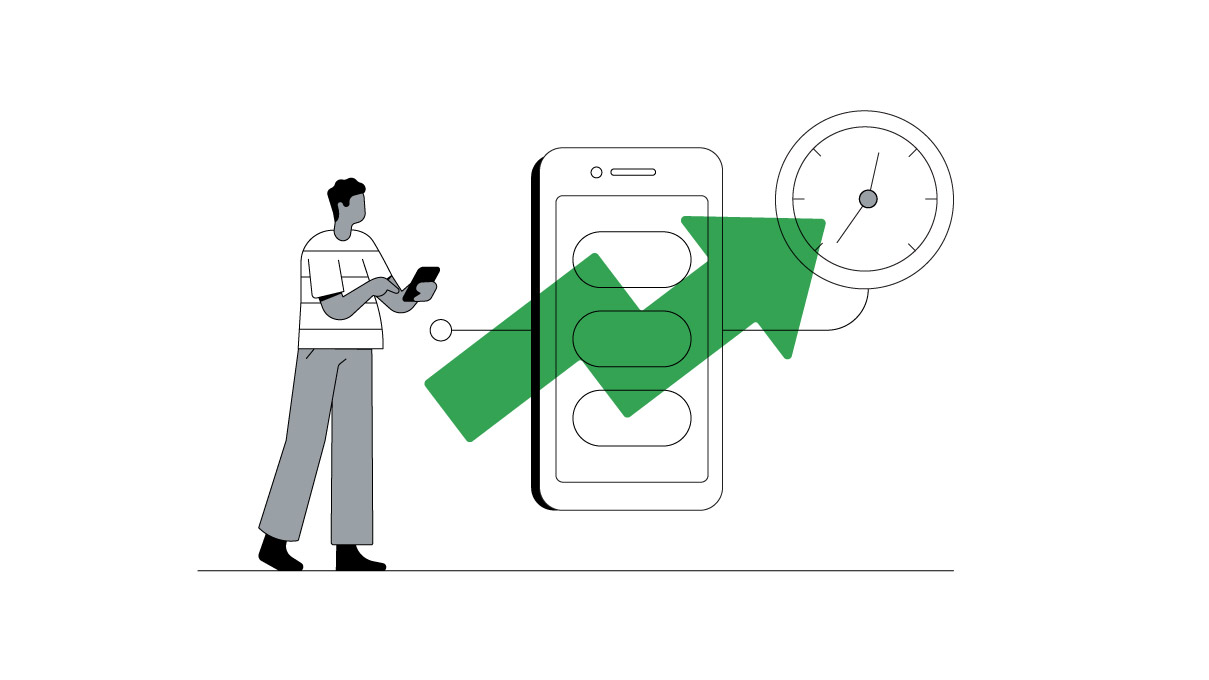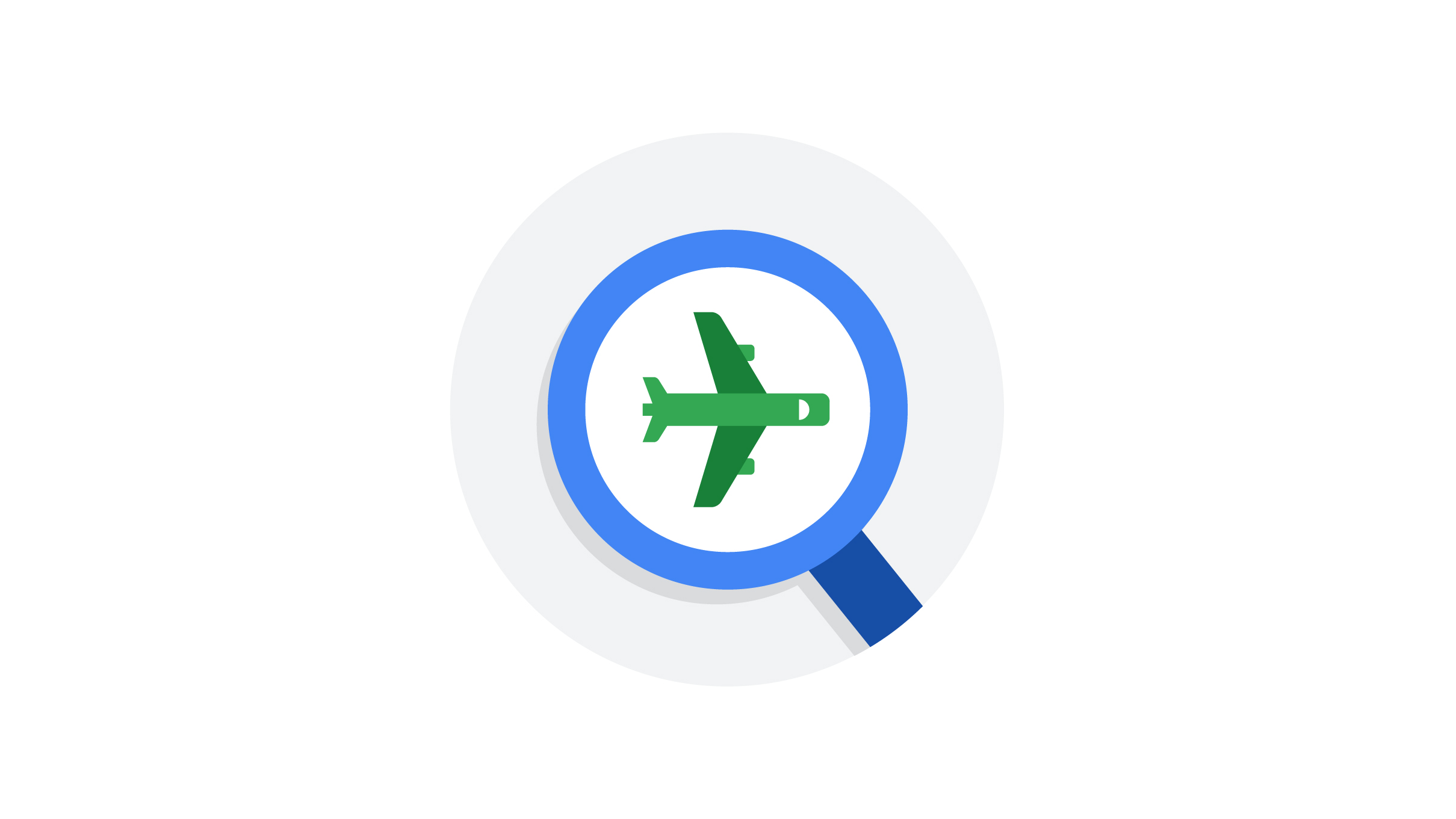Today’s travelers crave memorable experiences and deeper engagement with brands. Sixty-nine percent of travelers are more loyal to a travel company that personalizes their experiences online and offline.1
To deliver a cohesive experience across multiple channels and media, marketers need to think holistically about measurement, with a focus on overall customer value.
Many marketers currently evaluate the success of digital channels in silos. However, leading marketers—primarily U.S. companies that significantly exceeded top business goals in 2016—are 1.5X as likely as the mainstream to say they have a clear view of customers’ journeys across channels and devices.2 Focusing on business metrics and overall profit across all channels is the key to long-term growth.
How can travel companies keep up? Three principles can ground a holistic approach to measurement.

Know the role that mobile plays in a customer’s journey
Are your leisure customers starting their research on mobile, and continuing their research on a laptop or other device? Do you cater to business travelers, who may research last-minute hotels or flights on their smartphones, then show up in person to book? Mobile’s impact on the travel journey is higher than ever before. After researching on their smartphone, 79% of mobile travelers completed a booking, which is significantly higher than the 70% who did so in 2016.3
The ability to measure how mobile influences the customer journey is critical. According to Booking.com, 1 in 2 traveler journeys start on mobile. Based on that insight, Booking.com created an app to capture last-minute travel intent, a behavior that’s playing out in search. Over the past two years, travel-related searches for “tonight” and “today” have grown over 150% on mobile. People are regularly searching for “flights today” or “hotels tonight.”4
Hilton has also innovated by being laser-focused on mobile experiences in the handheld age. It’s enabled guests to check in and select a specific room through their mobile devices, for example.
Travel companies that closely measure the impact of mobile and cross-device activities will be able to better tailor their marketing strategies, and connect with customers in the long run.

Redefine what a mobile action or micro-conversion looks like for your business
One mistake that many travel brands make is expecting mobile to deliver the same efficiencies in metrics as a laptop or computer. While bookings are important, other actions or micro-conversions, such as calls, app downloads, or email sign-ups, can have a measurable impact on business outcomes as well.
Tying call-center metrics to mobile engagement is one way that travel marketers can further qualify on-the-go customers. The percentage of mobile business travelers who called to book or to get more information after doing travel research on their smartphone rose to 58% from 45% in 2016.5 Marketers who measure online and offline engagement together can streamline communications, qualify leads more quickly, and enhance the customer service experience.
Dutch package holiday provider TUI wanted to better understand how potential customers were using mobile to inform their travel research. Using Google Analytics, the company evaluated different actions and deduced which customers were further down the funnel. It then created a tiered mobile search bidding strategy to ensure that it reached its most valuable customers at the right moments. This allowed TUI to effectively tailor its marketing strategy, yielding a 17% increase in conversion rate across devices, and a 7% increase in return on ad spend.
Experiment and use early learnings to build long-term business outcomes
Leading marketers are 71% more likely than the mainstream to regularly use estimates to bridge gaps in measurement and analytics practice.6 While data is never perfect, particularly when it comes to mobile, it’s important for marketers to be comfortable using estimates and automated marketing methods to close learning gaps.
German tour operator Berge & Meer used data-driven attribution to evaluate how travelers search using different keywords across devices throughout the travel journey. While early category-level keywords were deemed unprofitable in leading to a booking (particularly on mobile), the company was able to iterate and identify new keywords. During the two-month test period, bookings increased by 24% and as much as 26% on mobile.
Hotel brand La Quinta also used data-driven attribution and Google Ads7 Smart Bidding to drive early consideration and purchase intent among travelers, seeing an 83% increase in conversion volume over typical seasonality. Automated signals and estimates helped both travel marketers rethink their strategies, and achieve more positive business outcomes.
In an increasingly digital world, travel marketers with a measurement strategy invested in long-term learning, grounded in business outcomes, will be best positioned for future growth and customer loyalty.
Looking to put this into practice? Google Marketing Platform,8 Google Ads cross-device attribution, and phone call conversions can help marketers piece together signals across the customer journey.







